
Louis Pierre Vieillot was a French ornithologist.

Henri Milne-Edwards was an eminent French zoologist.
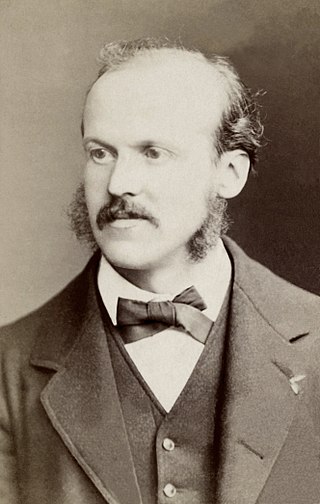
Alphonse Milne-Edwards was a French mammalogist, ornithologist, and carcinologist. He was English in origin, the son of Henri Milne-Edwards and grandson of Bryan Edwards, a Jamaican planter who settled at Bruges.
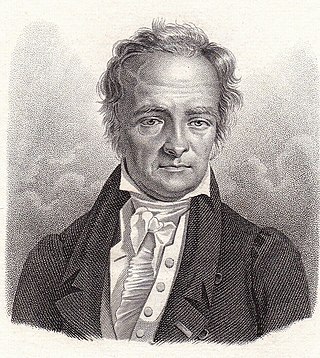
Louis Augustin Guillaume Bosc was a French botanist, invertebrate zoologist, and entomologist.
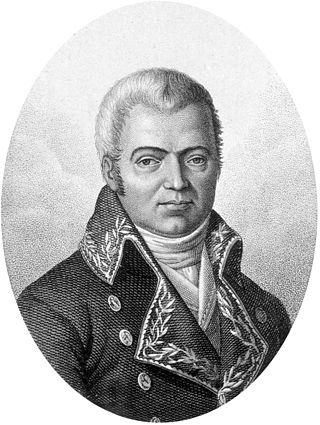
Pierre Marie Auguste Broussonet was a French naturalist who contributed primarily to botany. He was born in Montpellier, where he was educated, and travelled to Morocco, Spain, the Canary Islands, and Southern Africa before returning to France and serving as director of the botanical garden in Montpellier. The tree Broussonetia is named after him.

Marc Athanase Parfait Œillet des Murs was a French amateur ornithologist and local politician and historian.

Pierre-Justin-Marie Macquart was a French entomologist specialising in the study of Diptera. He worked on world species as well as European and described many new species.
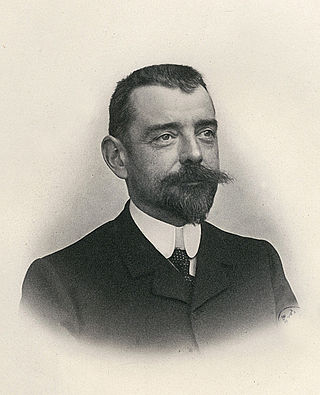
Louis Marie Adolphe Olivier Édouard Joubin was a professor at the Muséum national d'Histoire naturelle in Paris. He published works on nemerteans, chaetognatha, cephalopods, and other molluscs.
François Picavet was a French philosopher, translator and authority on Kant.

Philippe Dautzenberg was a Belgian malacologist, a biologist who specializes in the branch of invertebrate zoology that deals with mollusks. He was an amateur and autodidact, who was actually the owner of a carpet and soft furnishings factory. He was also a devoted family man with 12 children.

Pierre-Joseph van Beneden FRS FRSE FGS FZS was a Belgian zoologist and paleontologist.
Jacques Pellegrin was a French zoologist.

Jules-Auguste Gosselet was a French geologist born in Cambrai, France.
Jean-Baptiste Lestiboudois was a French botanist and pharmacist. His son François Joseph Lestiboudois (1759-1815) and grandson Gaspard Thémistocle Lestiboudois (1797-1876) were also botanists.

Maricola is a suborder of triclad flatworms including species that mainly inhabit salt water environments. However, some species are also known from freshwater or brackish waters.
Émile-Eugène-Aldric Topsent was a French zoologist known for his research of sponges. He was born in Le Havre.
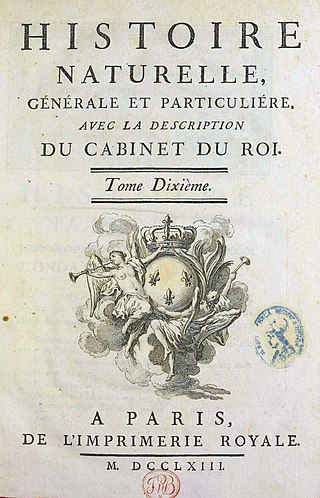
The Histoire Naturelle, générale et particulière, avec la description du Cabinet du Roi is an encyclopaedic collection of 36 large (quarto) volumes written between 1749–1804, initially by the Comte de Buffon, and continued in eight more volumes after his death by his colleagues, led by Bernard Germain de Lacépède. The books cover what was known of the "natural sciences" at the time, including what would now be called material science, physics, chemistry and technology as well as the natural history of animals.
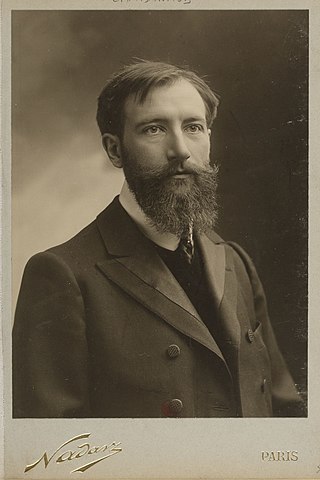
Paul Chabanaud was a French ichthyologist and herpetologist.
Ernest Louis Georges Will was a 20th-century French archaeologist and University professor, a member of the Académie des Inscriptions et Belles-Lettres.

Potomida littoralis is a species of bivalve belonging to the family Unionidae.

















